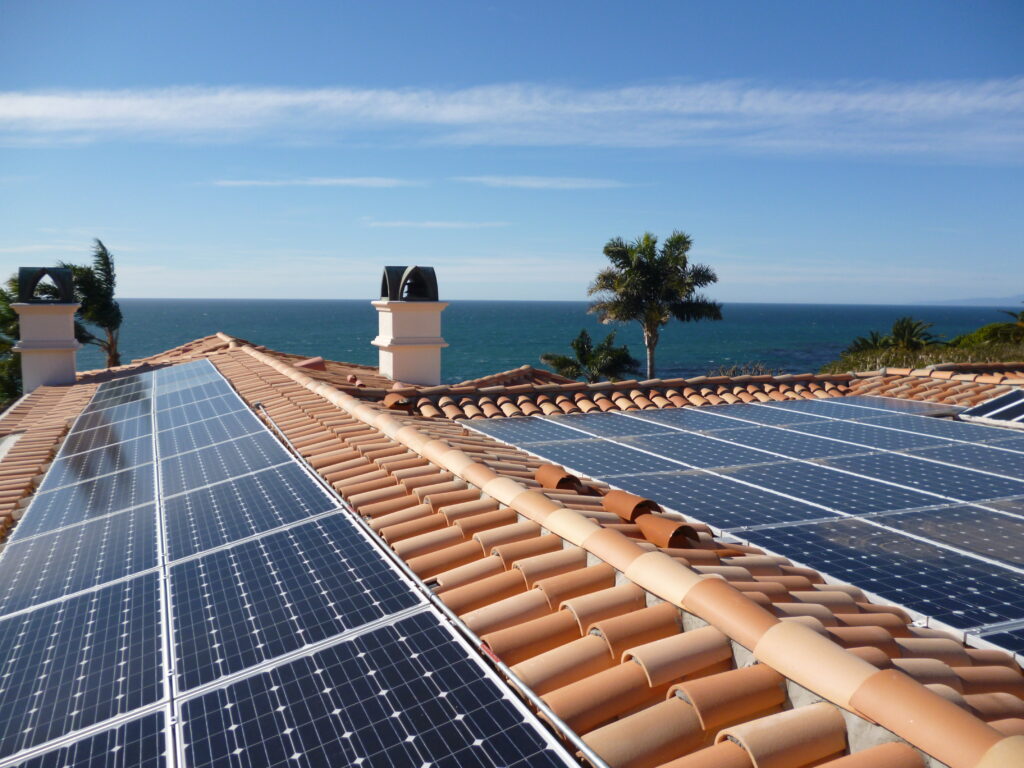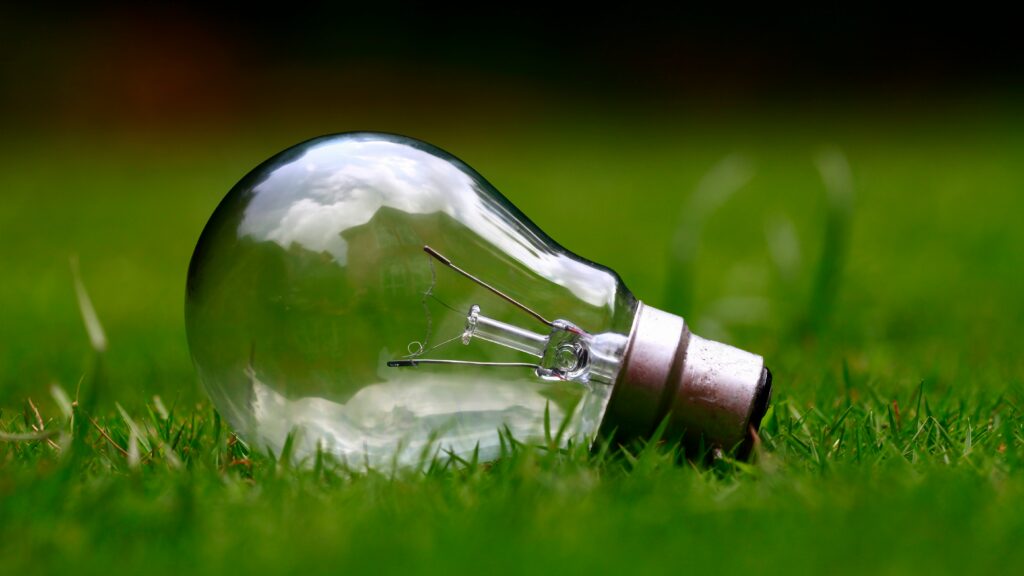We observed last week that coal has persisted as a major source of power generation for a variety of reasons one of which is the fact that the so-called “alternatives”, primarily wind and solar, just aren’t getting it done. As we also mentioned last week, it does feel as though the alarmist position is disintegrating at all points simultaneously, like the famous one-horse shay. And a major reason why is that efforts to put their remedies into practice has exposed just how impractical many of them were. The fabled “green energy transition” still has believers. But the audience seems to be dwindling, partly because it’s just obviously not happening. As Judith Curry just quoted from “JP Morgan’s annual energy report” the sound and fury and spending went nowhere: “after $9 trillion globally over the last decade spent on wind, solar, electric vehicles, energy storage, electrified heat and power grids, the renewable share of final energy consumption is slowly advancing at 0.3%–0.6% per year.” And even the true believers are starting to acknowledge the value of skeptics’ arguments or at least their plausibility. Including the extent to which this supposed transition creates a scary geopolitical dependence on communist China.
On the first point Harry Stevens in the New York Times “Climate Forward” is remarkably blunt. After a colourful explanation of the painstaking discovery of dysprosium, which means “hard to get”, by French chemist Paul-Émile Lecoq de Boisbaudran, which means “hard to pronounce”, Stevens adds that dysprosium:
“is a crucial ingredient in the powerful magnets used in wind turbines and electric vehicle motors. If the world is to succeed in its efforts to slow global warming, it will need dysprosium. It will also need a suite of other rare earth elements and minerals that many of us first heard about this week when China announced export controls that would effectively cut off the global supply of seven rare earths. China’s export ban, part of the country’s retaliation for President Trump’s steep new tariffs, has exposed the extent to which the global energy transition depends on raw materials produced by China. It’s not just rare earths, as my colleague Max Bearak and I reported this week. China supplies more than half of the 50 minerals the U.S. government has deemed critical to national security and the economy. Among those critical minerals are lithium, cobalt and nickel, components of the rechargeable batteries that power electric vehicles and store energy on the grid when the weather is unfavorable for wind and solar generation. China refines or mines significant portions of the world’s supply of all three, and Chinese companies have acquired major stakes in mineral-rich countries: nickel in Indonesia, cobalt in the Democratic Republic of Congo, lithium in Zimbabwe.”
Naturally he includes a shot at Trump. But it didn’t start with the current president. Indeed, Robert Bryce warned late last year about a Chinese measure taken in response to a belated Biden administration action on their strategic threat:
“China Runs The Table/ On Tuesday, Beijing banned exports of antimony, gallium, and germanium to the US. China now dominates supplies of nearly two dozen strategic elements on the Periodic Table.”
And what makes them strategic? Well, a lot of things including the manufacture of semiconductors. But they’re also especially important in making the batteries without which the “energy transition” will clearly remain an economically dangerous fantasy.
Also a seductive one. As the Manhattan Contrarian noted, JP Morgan’s report somehow continues to try to insist that there’s a transition and that fossil fuels must be eliminated though he wonders if the author, Michael Cembalest:
“really believes those things himself, or if accepting them for purposes of your public reports is the price of holding a highly-paid job at JPM. Either way, while I consider the failure to question those ideas to be a major flaw of these Reports, that failure does not prevent Cembalest from taking a serious and realistic look at many aspects of the supposed energy transition that are completely failing.”
And even Climate Home News recently groused that:
“There’s no shortage of speeches and policy papers on the global transition to clean energy and how to make it happen. But just because it’s on everyone’s lips doesn’t mean it’s going swimmingly – or even going at all. With a fossil fuel-loving president in the White House, big oil and gas-producing countries and companies are having a field day and becoming less coy about their efforts to extract, use and sell more of the stuff.”
They may think it’s largely irrational or worse. As with Reuters “Sustainable Switch” complaining in February that:
“The fossil fuel industry is making an unsustainable switch this week as BP and other firms are shifting their focus to oil and gas and cutting back on clean energy.”
But at least their feeling that it shouldn’t be happening isn’t obstructing their vision that it is happening.
Others are achieving even more painful clarity. Statista burbled at us that:
“Sustainability is no longer an option – it’s a competitive advantage. Transparency and CO₂ reduction are shaping the future of industrial supply chains. But how can companies successfully transition to greener solutions?”
And it’s harder than you think. Thus Climate Cosmos recently warned of “How Renewable Energy Is Destroying Natural Habitats”. Which is another of those things that would be less of a problem if alarmists had been more forthright, with themselves as well as others, about such questions as the footprint of wind and solar as well as their unreliability. Especially as that article takes for granted a climate crisis and the need “to cut down greenhouse gas emissions” and even calls wind, solar and hydroelectric “infinite resources” which is more starry-eyed than sensible. But then it says:
“Renewable energy is expanding at an impressive rate, with new installations cropping up across forests, deserts, and coastlines. While this expansion may appear benevolent, it’s paving the way for an unexpected clash with nature.”
Unexpected? You speak for yourselves. But to their credit they then warn about wind turbines that:
“The process of setting up these structures can disrupt delicate ecosystems and make habitats uninhabitable for native species. Birds and bats, for instance, are the unexpected victims of these clean energy giants.”
Unexpected only to those who haven’t been paying attention. And then they say:
“Solar farms offer a different but equally troubling dilemma. These large installations demand vast tracts of land, often disrupting native plant and animal populations in sun-rich areas. Deserts, known for their unique ecosystems, are prime locations for solar farms. However, the installation of solar panels erects barriers for animals, limits vegetation growth, and changes the temperature dynamics radically.”
Hubris, meet nemesis. And on it goes, from the downside of damming rivers to issues with biomass to land-use conflicts. All of which is to say that the favoured renewables always had problems that were bound to become major if you actually tried to rely on them on any kind of scale.
They returned to the subject a month later because you can wave this stuff off while the implementation is just a plan. Once it’s a reality, you either face them squarely or marginalize yourself.
Despite which the fantasy still has adherents who would, it is true, look rather silly suddenly admitting they’d been passionate dolts for decades. Hence the Guardian headline that same month of December 2024:
“Ed Miliband pledges ‘most ambitious reforms to UK energy system in generations’/ Energy secretary to set out plan to boost renewable energy supply, such as building canopies of solar panels on outdoor car parks”
Ed Miliband plainly has no idea what’s going on. He doesn’t begin to understand the physics or thermodynamics of how many outdoor car parks you’d need. Or the geopolitical implications. Or, as it keeps getting worse, the health and moral ones. For instance (and yes, we’ve been compiling material for this item for a while) this headline the same month from Climate Home News:
“‘The state doesn’t want to know’: Doctors raise alarm on children’s health crisis in Chile’s copper heartland/ Autism and cancer cases are soaring in Chile linked to pollution from copper mining critical for the energy transition, doctors say”
The sort of thing most alarmists would assume fits the agenda of profit-mad right-wing climate skeptics.



“Sustainable” is a term used to describe systems that are not at all sustainable without subsidy and regulation and which are intended to displace systems that have a century or more of sustained success, like energy from fossil fuels and modern agriculture. Echoes of Orwell.
And all this is even before CDN has had a chance to digest the renewable power blackout debacle in Iberia and France.Due to press deadlines.Or the dangerous idea in UK of "blotting out the sun" to fight climate change???What could possibly go wrong?
I bet the disaster in Spain, Portugal and France this week will put a major dent in the true believer numbers as well!
Thomas, I will take the bet, because over the last thirty years, I have not detected a single 'dent' in the alarmists' zeal, despite prediction after prediction failing miserably. As predictable as clockwork, always 5 or 10 years to prevent tipping point after tipping point! And still have not changed their religion.
Very true Patrick. I’ll take a portion of the bet as well.